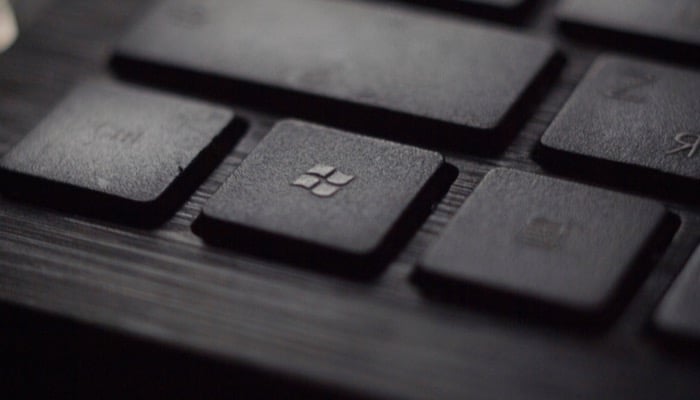
Say 'hello' to the newest addition to a growing landscape of biometrics-based technology- Windows Hello.
Windows Hello, similar to the android feature we recently discussed, is an authentication system that allows users to secure access to devices, networks, apps and services with facial recognition, a fingerprint or an iris scan.
Windows Hello uses 3D structured light to create a model of someone's face, and then use anti-spoofing techniques to mitigate the risk of people creating a fake mask or head to spoof the system.
You can set Windows Hello up in the sign-in options under account settings. You can begin using it after you've established a fingerprint, facial scan or iris scan to get started. Once set up, a scan of a finger or glance at a device will unlock access to the specific accounts and applications you have specified.
This sign-in mechanism operates as an alternative to passwords and is considered by experts a more reliable, secure and user-friendly way to access critical devices and information.
It's common for people to use variations of the same password across multiple applications and sites. Doing this massively compromises your security because if a hacker learns the password for one of your accounts, they are likely to try it across others, subsequently gaining access to multiple of your accounts.
But with systems like Windows Hello, you avoid this problem entirely by having a unique and secure way to log in that is significantly harder to break.
Katharine Holdsworth, principal group program manager at Windows security, argues that technology like this is growing ever more present and important due to our increased day to day dependency on the internet.
“Passwords are a hassle to use, and they present security risks for users and organisations of all sizes" she commented "With multi-factor authentication, an account is 99.9 per cent less likely to be compromised.”
“Passwords are a hassle to use, and they present security risks for users and organisations of all sizes" she commented "With multi-factor authentication, an account is 99.9 per cent less likely to be compromised.”
In an age where people have online accounts for every activity imaginable, she argues that security-minded users will agree that a fingerprint, facial recognition or an iris scan is likely to be a safer way to access devices.
Windows Hello is designed for both enterprises and consumers and has gained traction on both fronts.
Windows Hello is designed for both enterprises and consumers and has gained traction on both fronts.
Photo by Tadas Sar on Unsplash





